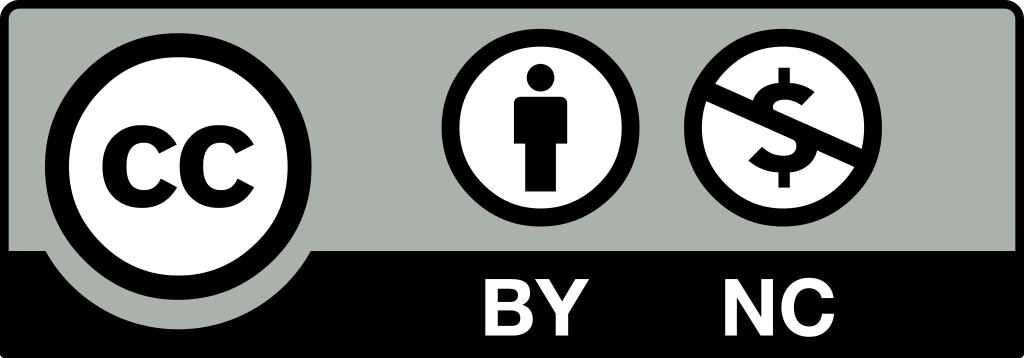Abstract
Mapping is an emerging act in contemporary discourse to understand, criticize, and re-imagine complex cultural, social, and physical relationships in the built environment. Maps are documents nearly as old as the human history in representing the relationships of people to land. Yet, mapping rather than map-making is a newly created concept as an alternative way of thinking about this relationship. Mapping refers less to a representation than a performance, in which the maker, place, and the product redefine, reposition and reproduce each other in the process. Mapping may allow developing an embodied and critical understanding of place, which is continuously created through the existence, experiences, and design activities of people. On the contrary, mapping has become a frequently used word for diverse situations, some of which refer to data visualization rather than performing place, and some others hardly differ from traditional map-making practices in terms of how they reproduce dominant control mechanisms. Here, I will be discussing the ways in which mapping differs from map-making and transforms contemporary theories and practices.
I will start with defining the difference of map-making and mapping and point out the ways in which mapping as a metaphor traverses and connects different disciplines, theories and practices. Next, I will argue that the shift from map-making to mapping both transforms our worldview, our understanding of space and time, and also our understanding of producing and using maps. I will point out that mapping refers to a performance rather than a representation, as such it helps us conceptualize a dynamic and embodied relationship of one to her/his environment, and an active spatiotemporality.
DOI
https://doi.org/10.13023/disclosure.23.08
Creative Commons License

This work is licensed under a Creative Commons Attribution-Noncommercial 4.0 License
Recommended Citation
Senel, Aslihan
(2014)
"Mapping as Performing Place,"
disClosure: A Journal of Social Theory: Vol. 23, Article 8.
DOI: https://doi.org/10.13023/disclosure.23.08
Available at:
https://uknowledge.uky.edu/disclosure/vol23/iss1/8
Included in
Architectural History and Criticism Commons, Human Geography Commons, Urban Studies and Planning Commons

